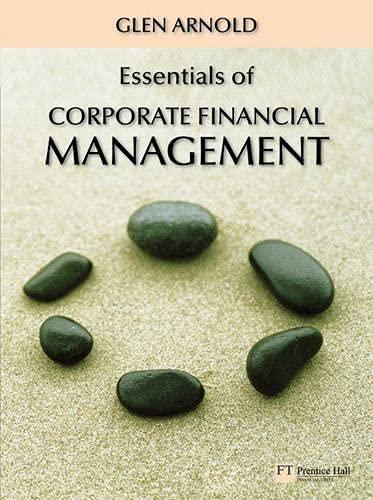Answered step by step
Verified Expert Solution
Question
1 Approved Answer
need help working through this (Related to Checkpoint 8.3) (CAPM and expected returns) a. Given the following holding-period returns. , compute the average returns and
need help working through this 
(Related to Checkpoint 8.3) (CAPM and expected returns) a. Given the following holding-period returns. , compute the average returns and the standard deviations for the Sugta Corporation and for the market. by 12) c. How does Sugita's historical average return compare with the retum you should expect based on the Capital Asset Pricing Model and the firm's systematic risk? a. Given the holding penod returns shown in the table, the average monthly return for the Sugita Corporation is K (Round to three decimal places) The standard deviation for the Sugita Corporation is %. (Round to two decimal places) Given the holding period returns shown in the table, the average merthly rebum for the market is %. (Round to three decimal places.) The standard deviation for the market is K. (Round to two decimal plances.) b. If Sugita's beta is 1.26 and the risk-free rate is 9 percent, the expected retum for an investor owning Sugta is N. (Round to two decimal places) The average annual historical return for Sugita is K. (Round to tho decimat places) menu.) Sugha's historical average retum is the retum based on the captal asset pricing model and the firm's sylematic nok. (Related to Checkpoint 8.3) (CAPM and expected returns) a. Given the following holding-period returns. , compute the average returns and the standard deviations for the Sugta Corporation and for the market. by 12) c. How does Sugita's historical average return compare with the retum you should expect based on the Capital Asset Pricing Model and the firm's systematic risk? a. Given the holding penod returns shown in the table, the average monthly return for the Sugita Corporation is K (Round to three decimal places) The standard deviation for the Sugita Corporation is %. (Round to two decimal places) Given the holding period returns shown in the table, the average merthly rebum for the market is %. (Round to three decimal places.) The standard deviation for the market is K. (Round to two decimal plances.) b. If Sugita's beta is 1.26 and the risk-free rate is 9 percent, the expected retum for an investor owning Sugta is N. (Round to two decimal places) The average annual historical return for Sugita is K. (Round to tho decimat places) menu.) Sugha's historical average retum is the retum based on the captal asset pricing model and the firm's sylematic nok 
Step by Step Solution
There are 3 Steps involved in it
Step: 1

Get Instant Access to Expert-Tailored Solutions
See step-by-step solutions with expert insights and AI powered tools for academic success
Step: 2

Step: 3

Ace Your Homework with AI
Get the answers you need in no time with our AI-driven, step-by-step assistance
Get Started


